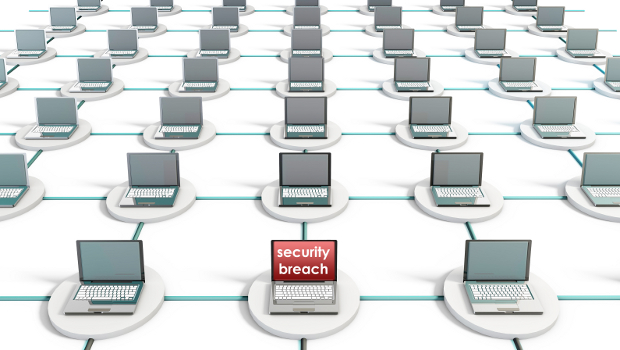Firms are detecting breaches nearly 30% sooner than before, according to a new report from Mandiant, but attackers are also getting more aggressive in their methods by demanding millions for not releasing data, or erasing all systems around them as they go.
Last year, it took an average of 146 days for a company to discover a breach, down from 205 in 2014 — and 416 in 2011.
This is based on enterprise customers who turn to Mandiant, a FireEye company, to investigate breaches after they have occurred.
“Organisations are getting better at spotting attacks. However, few organisations are successfully able to keep out determined attackers”
“Certainly if an organisation detects a breach on their own, and they shut it down in a matter of days, it would not be reported in our statistics,” said Charles Carmakal, a vice president with Mandiant Consulting.
The company also offers FireEye-as-a-service, which continuously monitors client networks, but those response rates are tracked separately, he said.
There are two main reasons that attacks are getting detected sooner, he said. One is that organisations are getting better at spotting them. However, despite better security, few organisations are successfully able to keep out determined attackers.
In almost every test conducted by Mandiant last year, organisations that had no prior knowledge of the test were unable to detect attacks against their perimeter, even when those attacks resulted in successful compromise and a full perimeter breach. The other reason that breaches are getting spotted sooner is that the attackers are bragging more about their successful attacks.
While criminals and state-sponsored attackers tend to stay quiet about their hacks in order to keep the data flowing, hacktivisits and cybervandals are looking for fame and impact. Mandiant has also noted two more worrisome trends in last year’s attacks.
One is that attackers are stealing sensitive information, then threatening companies with public exposure if they do not pay up.
This is different from traditional ransomware, such as Cryptolocker, where the data is encrypted and the customer has to pay up to get the decryption key. According to Carmakal, these kinds of attacks tend to be large-scale, automated, ask for relatively low ransom amounts, and can be defeated by having good back-ups in place.
The new extortionists target large organisations and look for information that, if made public, could put a company out of business. These ransom amounts can range from tens of thousands of dollars up into the millions, Carmakal said. And there is little that a company can do except pay up and hope for the best.
“If the data has already left the environment, there’s really nothing you can do,” he said.
However, companies should check that the hackers have the data first before paying up, he added.
“Sometimes the threat actors say they have access to the data, but not actually have anything,” he said.
And the problem does not go away once the payment is made.
“There’s no way to get proof that they actually deleted the data,” he said. “It all depends on the threat actor, on their emotional state.”
Carmakal said that Mandiant is not prepared to release hard numbers about this kind of extortion, but said that it has seen more of these kinds of cases last year than in any previous year.
Another type of attack that is becoming increasingly prevalent is one where the target company’s systems are completely destroyed.
“The victim cannot do business,” Carmakal said. “It’s fairly impactful to the organisations that this has happened to.”
Criminals have long deleted data to cover their tracks, he added, but they tended to limit themselves to log files.
“They want to continue to steal data,” he said. That means that there has to be a functioning company left behind.
“When an organisation has their data wiped, it was done to embarrass the organisation, cripple them, and prevent them from making money,” he said. Attackers range from people who have a particular vendetta against a particular organisation to nation-state actors.
IDG News Service








Subscribers 0
Fans 0
Followers 0
Followers